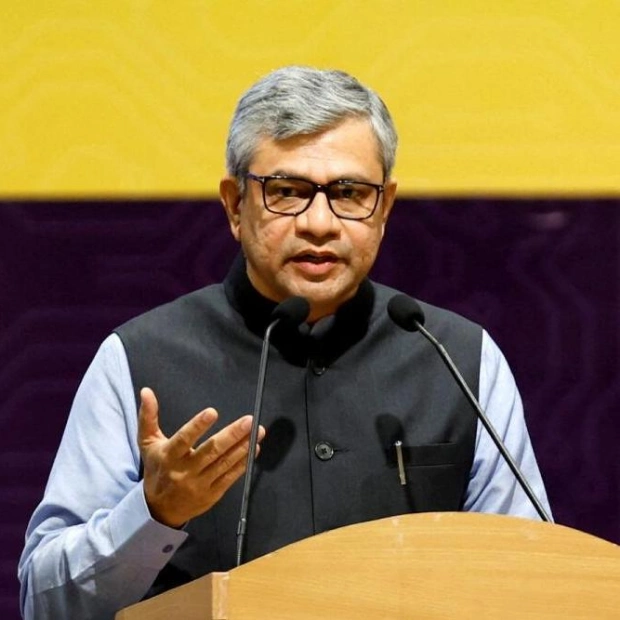The quest for an ideal work-life balance is not a solitary endeavor; it's a collaborative effort where both employers and employees play crucial roles. Transactional Analysis challenges traditional views on work-life balance, suggesting that a company's rigid, authoritative approach can lead to employee disengagement or rebellion. For instance, a software firm implemented 'no meeting Wednesdays' to alleviate the heavy meeting schedule, resulting in enhanced productivity and employee satisfaction.
Another example involves a company that excessively monitored and micromanaged its staff, leading to high turnover. The company later adopted a more respectful, adult-to-adult approach, which significantly improved employee performance and company morale. The workplace analogy of a band emphasizes the need for synchronized teamwork to achieve efficiency, effectiveness, and quality of life.
Organizations that foster a culture of autonomy and resourcefulness witness significant improvements. Such environments, which emphasize adaptability and self-governance, empower employees to manage their work-life balance effectively. Ultimately, the responsibility for a future-ready organization lies with the employer, who must create a flexible, appealing culture for diverse workforces.
The maintenance of work-life balance requires a joint effort. While organizations should provide necessary support and frameworks, employees must also take proactive steps to achieve a healthy balance. Roujin Ghamsari, a prominent HR practitioner and CIPD fellow, excels in collaborating with executive leadership to develop effective people strategies that align with organizational goals.






